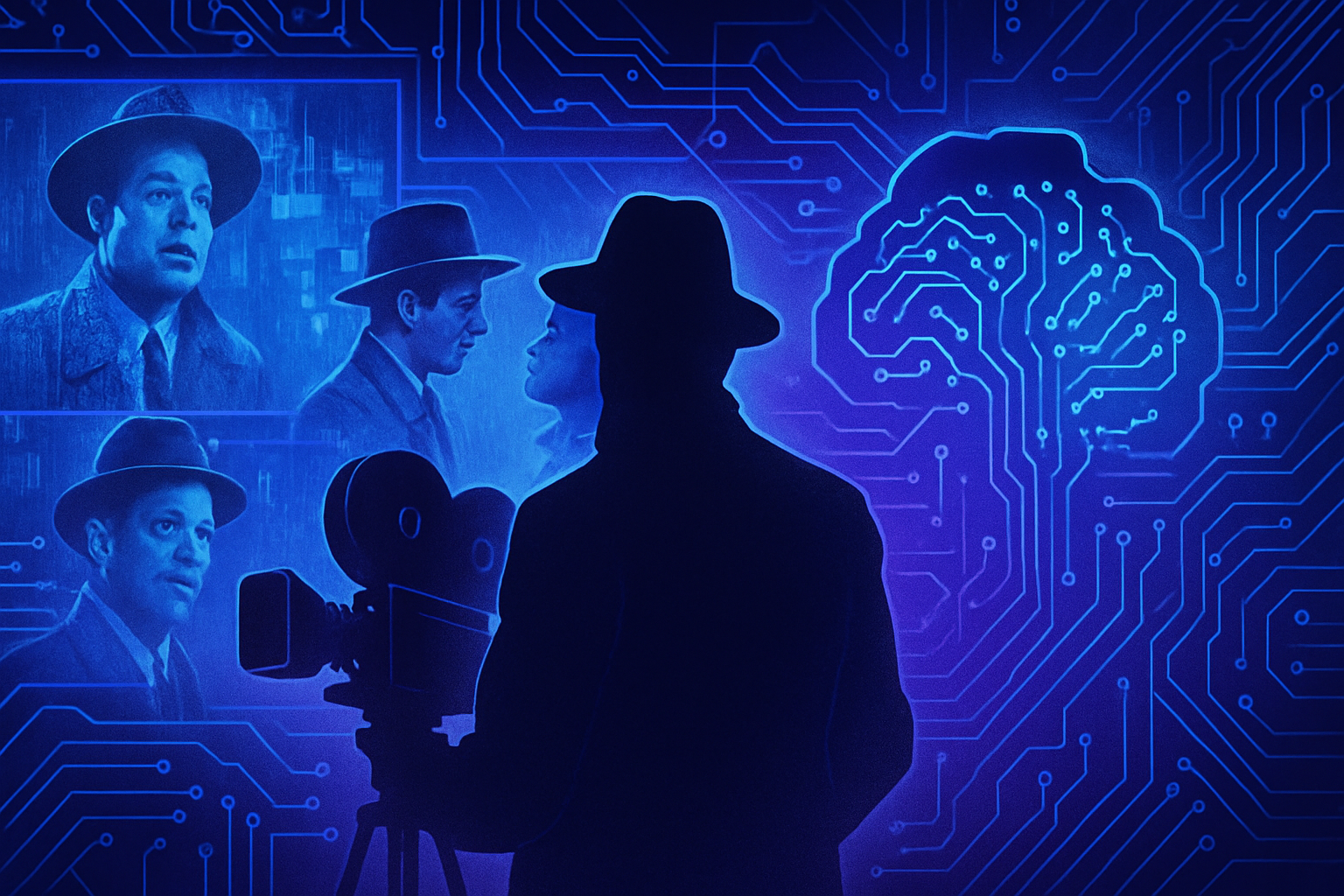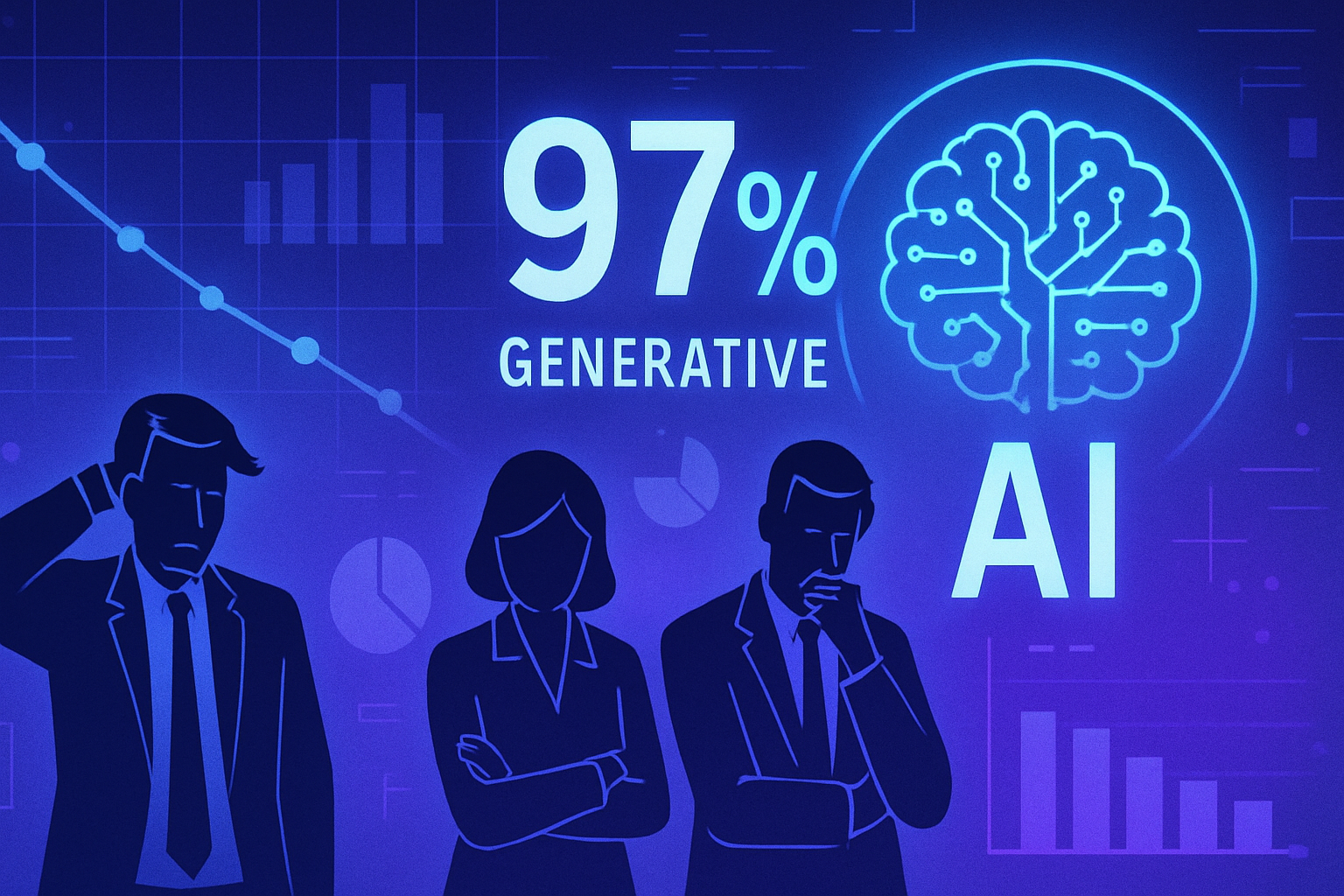AI is radically transforming organizational and structural processes. Its timeless integration requires aligned governance to avoid fragmentation. Mastery of the interactions between human agents and machines becomes a condition sine qua non for achieving operational efficiency.
Meticulous coordination of AI agents is essential. Without orchestration, technological initiatives appear ineffective and disconnected from strategic objectives. The absence of governance exposes ethical and operational risks. Companies must rethink their approach to ensure a harmonious partnership between the human and the artificial.
The Impact of AI on the Structure of Companies
Recent advancements in the field of artificial intelligence (AI) are considerably transforming organizational structures. Often, companies invest heavily in AI agents to automate complex tasks, hoping to optimize their performance. Last February, private investments in AI reached 109 billion euros, followed by 17 billion during the Choose France event. This dynamic reveals a major strategic turning point for the French economy.
The Importance of Strategic Orchestration
Proper orchestration of AI agents becomes essential to avoid fragmentation of processes. Without rigorous coordination, agents risk operating in silos, producing results disconnected from strategic objectives. A study by Cloudera reveals that 96% of organizations plan to increase their use of AI agents in the coming year. Despite this enthusiasm, the often limited impact of these initiatives underscores the need for aligned governance.
The Challenges of Integrating AI Agents
The complexity of integrating AI agents requires structural transformation within companies. The adoption of these technologies necessitates supporting employees, which is crucial for fostering buy-in and developing new skills. Furthermore, it is imperative to modernize information systems so that they effectively support the flows generated by these agents. A survey conducted by Gartner revealed that only 44% of chief information officers (CIOs) consider themselves sufficiently competent in AI.
A Specific Internal Governance
Establishing a specific internal governance is necessary to ensure control and compliance of automated actions. Real-time visibility into the activity of agents proves fundamental for effectively managing performance. Without such oversight, managing the human-machine interface can generate tensions, affecting the overall performance of the organization.
The Risks of Faulty Orchestration
Faulty orchestration leads to repercussions for both employees and clients. Employees face systems that are often opaque, complicating their work. As a result, clients may experience degraded interactions, harming their perception of the company. A lack of coordination can also lead to duplications and inconsistencies in customer responses, which undermines the client relationship.
Seeking Consistency in Omnichannel
Managing coordination between humans and virtual agents becomes crucial to ensure smooth omnichannel management. Poor distribution of interactions across multiple channels creates confusion while harming the user experience. To avoid internal conflicts, controlled orchestration proves indispensable. This approach aims to reduce friction while providing a coherent and seamless experience.
Adopting a Hybrid Dynamic
Reinventing the interface between humans and machines requires designing hybrid workflows. AI should assist humans without replacing them, anticipate without imposing, and correct without disorganizing. This mutualization of strengths offers the potential for collective efficiency. In this regard, companies must work to build governance models suited to the era of automation.
A Competitiveness Challenge for France
Mastering the orchestration of AI agents is a lever for competitiveness for French companies. Faced with increasingly strict regulatory requirements in the European Union, the absence of coordination exposes organizations to risks of non-compliance and inefficiency. Companies that surpass the belief in autonomous technology will be able to make the most of advances in AI.
Ultimately, the challenge of orchestration goes far beyond the technological framework. It also engages a reflection on the capacity of organizations to train their talents and build robust information systems. Companies that can adjust to these new requirements will remain competitive in an ever-evolving environment. Innovation and governance must thus go hand in hand to ensure effective adoption of AI technologies.
FAQ on the Strategic Orchestration of AI in Companies
What is the impact of AI on business processes?
AI can automate repetitive tasks, improve operational efficiency and provide predictive analytics, but requires orchestration to avoid fragmentation in processes.
Why is the orchestration of AI essential in companies?
Without orchestration, different AI applications can operate in silos, leading to inconsistencies and results disconnected from the company’s overall objectives.
How does governance influence the use of AI in a company?
Aligned governance ensures coherence, compliance, and optimization of the actions of AI agents while facilitating employee buy-in.
What transformations are necessary to integrate AI into a company structure?
It is essential to modernize information systems, train employees, and establish effective governance so that AI can truly support the organization’s strategic objectives.
How does process transparency contribute to better AI usage?
Transparency allows users to understand the functioning of AI agents, which fosters their buy-in and ensures effective human supervision without generating confusion.
What risks can insufficient orchestration of AI pose for a company?
Without orchestration, companies may face non-compliance issues, loss of customer trust, and a reduction in overall effectiveness.
How can the collaboration between human agents and AI be optimized?
By rethinking the user interface and creating hybrid workflows where AI assists humans, contributing to a smoother and more harmonious integration of both forces.
What role does real-time visibility on AI agent activity play?
Real-time visibility allows managers to track the performance of agents, anticipate risks, and adjust strategies based on the results obtained.
How can we train employees to coexist with AI agents?
It is essential to develop training programs on new digital skills while promoting a culture of acceptance and adaptation to technological changes.
What are the main challenges in implementing AI orchestration?
Challenges include the need to redesign existing processes, ensuring compliance with regulations, and fostering an organizational culture conducive to innovation.






